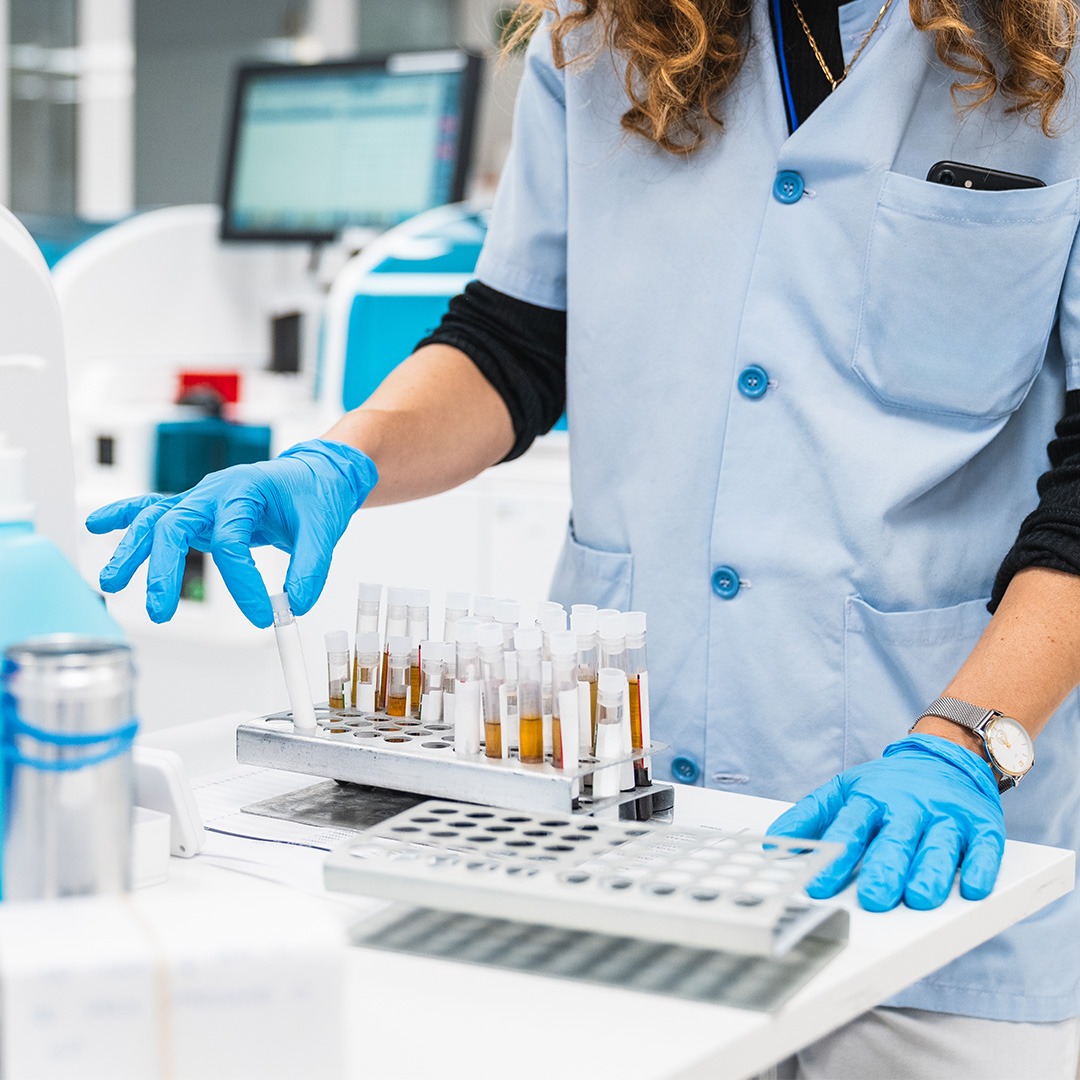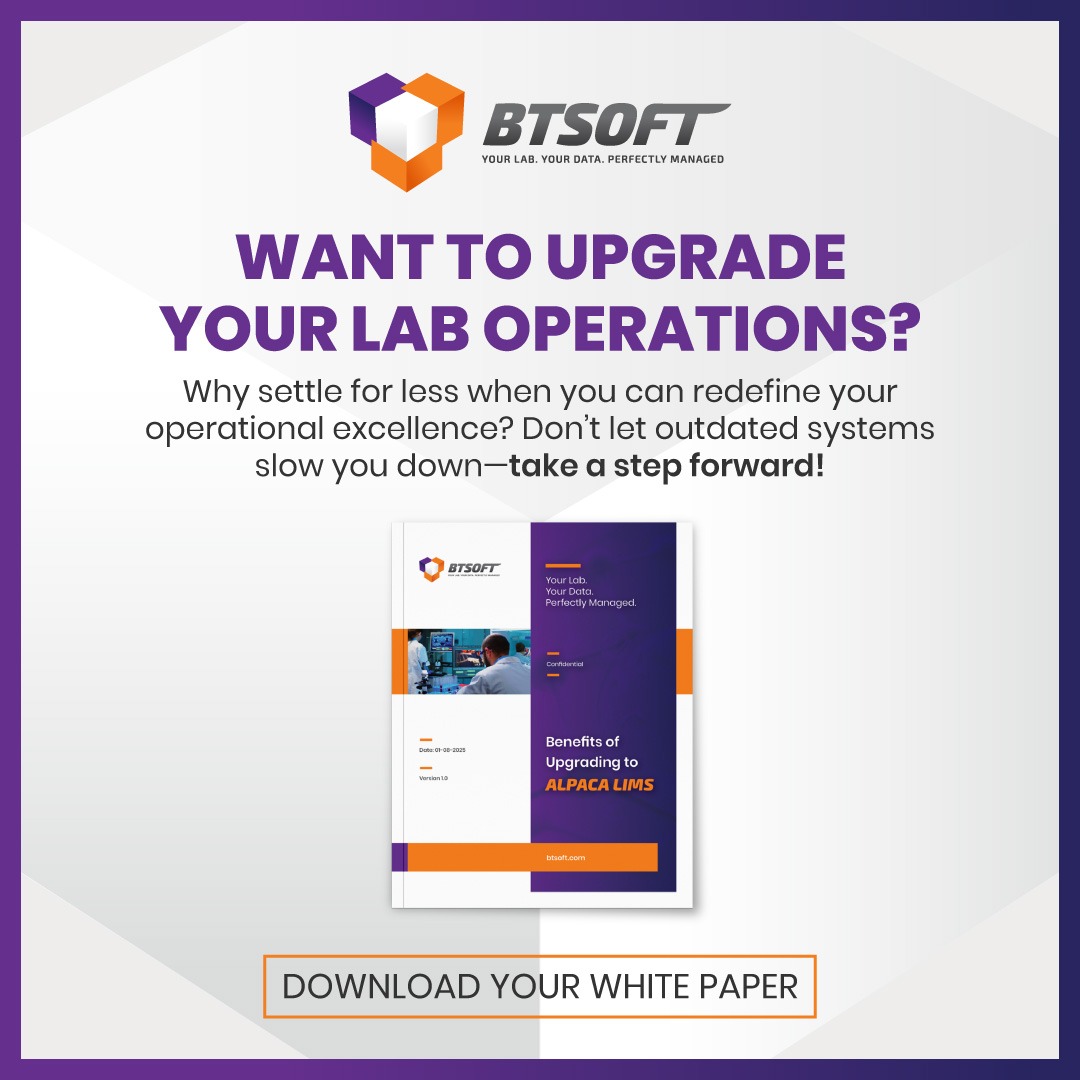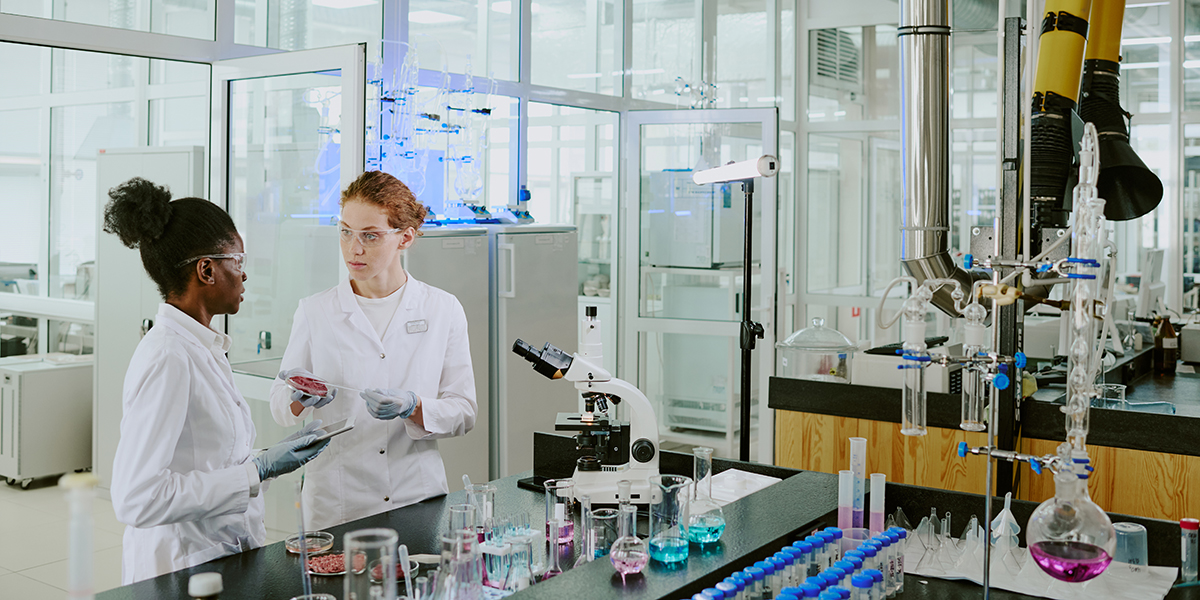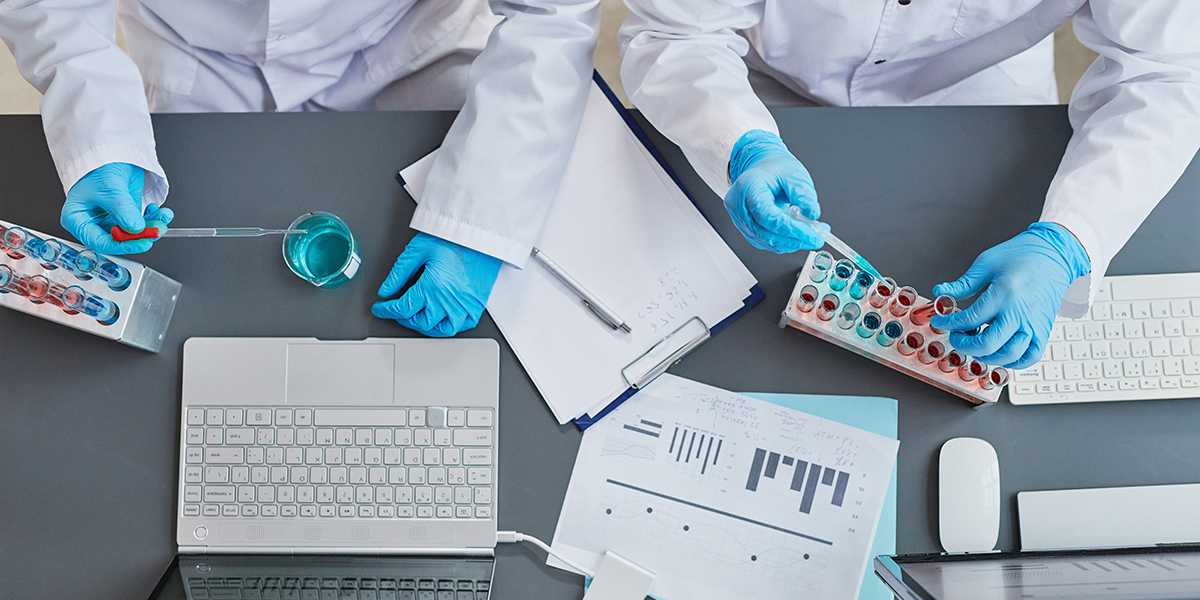If you’re responsible for running a lab, you know the necessity of accurate and reliable data. Can your lab afford a negative reputation and client trust? The answer, of course, is no. They rely on valid results. This is why the ISO 17025 standard sets the global standard for laboratory expertise.
However, becoming ISO 17025 compliant and preparing for your annual audit can be daunting. Especially if you don’t have the right data management system in your lab… or worse, there is no standardized approach to data management.
So, let’s talk about how a laboratory information management system (LIMS) can be your ally in preparing for your next ISO audit and how it can become a foundational asset for your lab.
Understanding ISO/IEC 17025
ISO/IEC 17025 lays out the requirements and standards for laboratory operations. In particular, they focus on the lab’s competence, impartiality, and consistent operation. At its core, the credential certifies a lab’s management and operations: from personnel and equipment to data validation and reporting.
Achieving ISO 17025 accreditation offers many benefits:
- Instills confidence in your clients and stakeholders
- Forces structured processes that lead to fewer errors
- Results accepted globally
Prepare for Your ISO 17025 Audit with LIMS
Let’s break down each phase of your ISO 17025 journey and how a LIMS prepares your lab for audit success.
A LIMS acts as the backbone of your laboratory’s Quality Management System (QMS). It’s a strategic asset that centralizes data, automates processes, and provides the comprehensive traceability and documentation auditors demand. A LIMS helps you transition from fragmented data and manual tasks to a unified, controlled, and audit-ready environment.
Step-by-Step Guide to Preparing for Your ISO 17025 Audit with LIMS
Let’s explore how a robust LIMS empowers your lab for audit success at each phase:
Step 1: Understand the Standard and Conduct a Comprehensive Gap Analysis
Begin with a thorough assessment of current practices against ISO 17025 standards. Identify discrepancies and areas necessitating enhancements.
How LIMS Helps:
The structured nature of the LIMS will help identify areas where current processes fall short. Its framework for managing samples and calibrations helps pinpoint non-compliance areas for corrective action.
Step 2: Develop and Document Your Quality Management System (QMS)
Create or update your Quality Manual, SOPs, work instructions, and all QMS documentation, ensuring they are precise and reflect actual lab practices.
How LIMS Helps:
- Centralized Document Control serves as a secure repository for all QMS documents.
- Controlled Access & Versioning guarantees only approved, current documents are in use.
- Approval Workflows automates document review and approval.
Step 3: Implement Policies, Processes, and Procedures
Train staff on new procedures and consistently follow them in daily operations, maintaining meticulous records.
How LIMS Helps:
- Enforced Workflows guides users through compliant sample lifecycles.
- Automated Record Keeping automatically logs all actions, users, and timestamps.
- Reduced Manual Errors automates data entry and calculations, reducing human error.
Step 4: Manage Resources
Rigorously manage personnel competence, equipment maintenance and calibration, and environmental conditions.
How LIMS Helps:
- Equipment Management tracks lab equipment, manages calibration schedules, records maintenance, and generates alerts for service dates.
- Metrological Traceability links instrument calibration records and external reference materials to specific tests and results.
- Personnel Competency manages personnel records, tracking qualifications, training, and authorized roles.
- Standards Management tracks expiry dates, lot numbers, and usage.

Step 5: Validate Results
Use validated methods, perform regular QC, participate in proficiency testing, and ensure measurements are traceable.
How LIMS Helps:
- Method Management stores and manages validated method parameters and reports for quick auditor review.
- Automated Quality Control (QC) schedules, records, and monitors QC samples.
- Comprehensive Traceability links samples to methods, equipment, reagents, and personnel.
Step 6: Corrective Action
Identify, document, investigate, resolve, and verify nonconforming work to prevent recurrence.
How LIMS Helps:
- Non-Conformance Tracking logs non-conforming events directly within the LIMS.
- CAPA Management initiates, tracks, and manages the full lifecycle of Corrective and Preventive Actions.
- Automated Notifications generate immediate alerts for deviations.

Step 7: Conduct Internal Audits
Conduct regular internal audits to assess QMS effectiveness and hold management reviews to assess overall system suitability.
How LIMS Helps:
- Audit Trail & Reporting provides objective evidence for internal auditors. LIMS generates reports on QC data, turnaround times, and non-conformance trends for review.
- Data Consolidation centralizes all relevant data for comprehensive management reviews.
Step 8: Apply for Accreditation and Undergo External Assessment
Formal application to an accreditation body, followed by an on-site audit.
How LIMS Helps:
- Data Retrieval provides documentation, reports, and audit trails.
- Demonstrate Transparency with tamper-proof data.
Ready to Prepare for Your Next Audit with Confidence?
Don’t let the complexities of ISO 17025 compliance hinder your lab’s potential. Partner with a LIMS solution designed to simplify your journey to accreditation and elevate your operational standards.
Schedule a demo with BTSOFT today and discover how our LIMS can transform your lab’s compliance, efficiency, and overall success.



![20250826_BTS_ISO17025AuditChecklistCTA_1080x1080 Nail Your Next ISO 17025 Audit! with our helpful checklist [Download Now]](https://btsoft.com/wp-content/uploads/2025/11/20250826_BTS_ISO17025AuditChecklistCTA.jpg)


